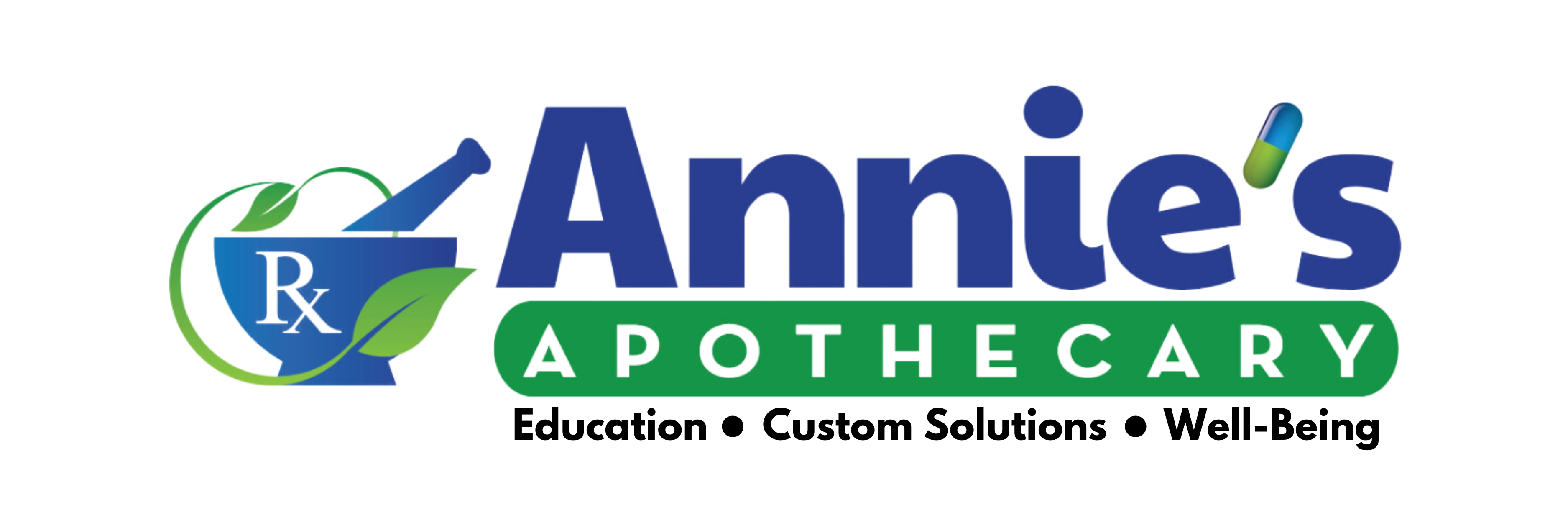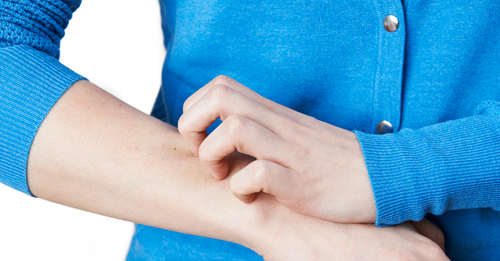How do I get psoriasis?
While scientists do not know what exactly causes psoriasis, we do know that the immune system and genetics play major roles in its development. Usually, something triggers psoriasis to flare. The skin cells in people with psoriasis grow at an abnormally fast rate, which causes the buildup of psoriasis lesions.
Men and women develop psoriasis at equal rates. Psoriasis also occurs in all racial groups, but at varying rates. About 1.9 percent of African-Americans have psoriasis, compared to 3.6 percent of Caucasians. According to current studies, more than 8 million Americans have psoriasis.
Psoriasis often develops between the ages of 15 and 35, but it can develop at any age. About 10 to 15 percent of those with psoriasis get it before age 10. Some infants have psoriasis, although this is considered rare.
Psoriasis is not contagious. It is not something you can "catch" or that others can catch from you. Psoriasis lesions are not infectious.

